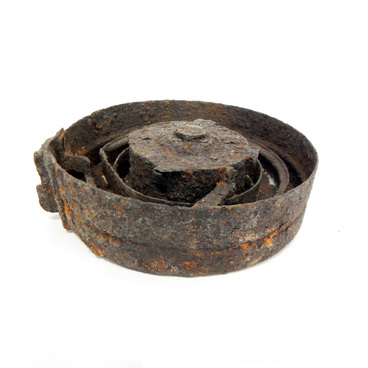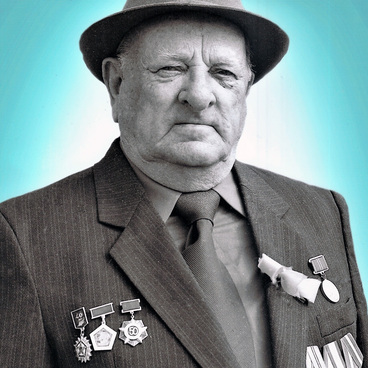A small sapper shovel is an exhibit from the funds of the Boguchansky Museum of Local Lore named after D.M. Andon — it consists of a tray, a front string and a rear string with an overlay. The tray is in the shape of a pentagon, the lower part of the tray has a triangular shape. The surface of the tray is slightly concave, the upper edge is curved at right angles. The front weight is a continuation of the tray, the edges are bent for the entire length for the handle, the end is cut off at an angle. The lining of the rear string is triangular in shape, the edges of the string are bent for the entire length for the handle, the end is cut off at an angle.
A small infantry sapper shovel is 50 centimeters long, a worn (carried in cavalry) trench tool of the lower ranks of the Armed Forces of the Russian Empire, ordinary and non—commissioned personnel of the Red Army and the USSR Armed Forces.
Designed for self-digging (detachment) of a single trench (cell) under enemy fire, it is an engineering armament of a serviceman (soldier, sergeant), can also be used for camouflage, overcoming artificial obstacles on the battlefield, as a cold weapon, used in hand-to-hand combat. At one time, with the appearance and adoption of the armed forces of almost all the leading states of the world, it influenced the art of war.
A small infantry shovel is usually used lying down, kneeling or sitting, depending on the situation. At the beginning of the work, a small infantry shovel is cut into the ground with an angle of a steel tray, somewhat obliquely, cutting small roots found in the ground. With a small infantry shovel, they work continuously for 10-15 minutes, after which they rest for 5-10 minutes and continue working again, so you can do more work less tired than with continuous work without rest for 45-50 minutes.


